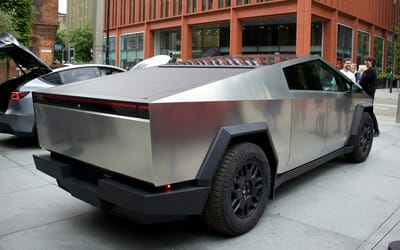New humanoid robot has ‘unlimited movement ability’ with 360-degree joints and ability to collapse itself
- Unitree’s G1 is a humanoid robot like no other
- It’s joints can move in multiple directions, making it more flexible than a human
- The G1 can withstand being kicked and punched, as well as perform tasks like cooking, opening bottles and soldering
Published on May 14, 2024 at 7:09 PM (UTC+4)
by Andie Reeves
Last updated on May 14, 2024 at 7:09 PM (UTC+4)
Edited by
Tom Wood
The Unitree G1 is redefining the humanoid robot game.
It’s an all-rounder, capable of incredible physical feats, highly dexterous, and surprisingly affordable.
The robotics company just released a video showing the full potential of the G1.
Some of its skills are practical, some powerful, and some are downright scary.
READ MORE: OpenAI’s new ChatGPT model can talk with other instances of itself and sing
China has been making great strides in building the most impressive humanoid robot.
We recently got a glimpse into the EXROBOTS factory, where it’s hard to tell the difference between staff and robots.
Unitree has gained fame for its range of robotic dogs, including the flame-throwing robodog.
Its first humanoid robot offering was the H1, which quickly became the world’s fastest robot.
Unfortunately the impressive H1 had a price tag to match, with one costing a hefty $90,000.
Since its launch, Unitree has worked hard to develop a robot that is more affordable, without compromising on power.
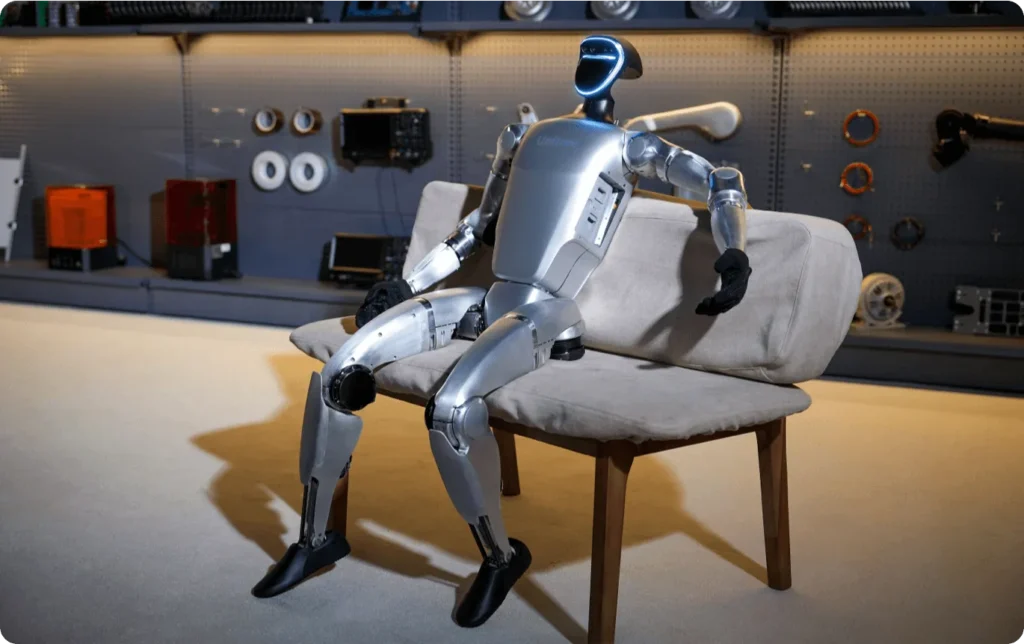
Enter the ultra-flexible, super-strong and somewhat creepy G1.
It stands at 4″2 and has a camera and light strip for a face.
In a video clearly inspired by a recent announcement from Boston Dynamics, the G1 first appeared to be broken, lying limbs akimbo on the floor.
It then showed off its extra large joint movement angle space by slowly and effortlessly rolling up to a standing position backwards.
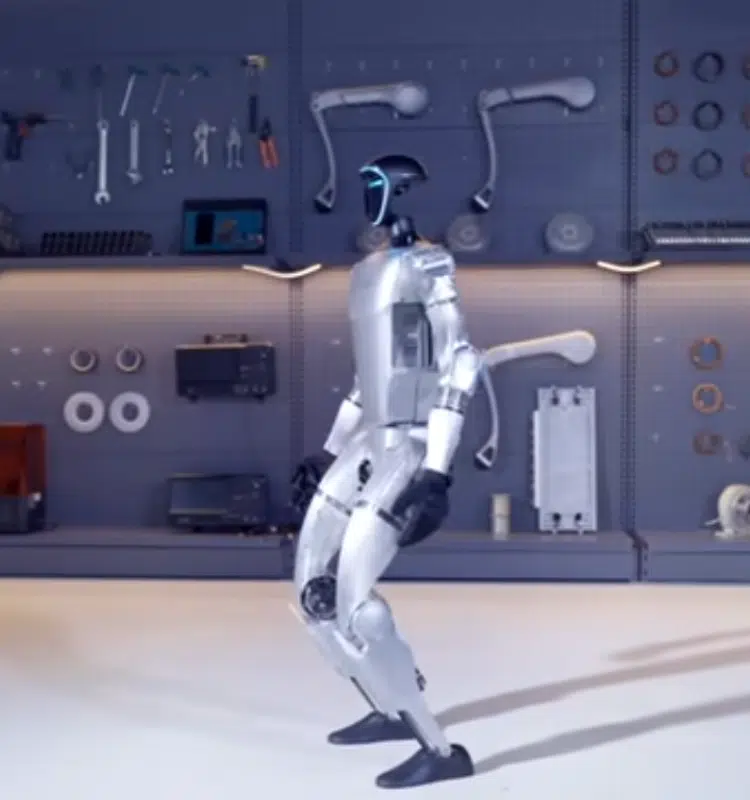
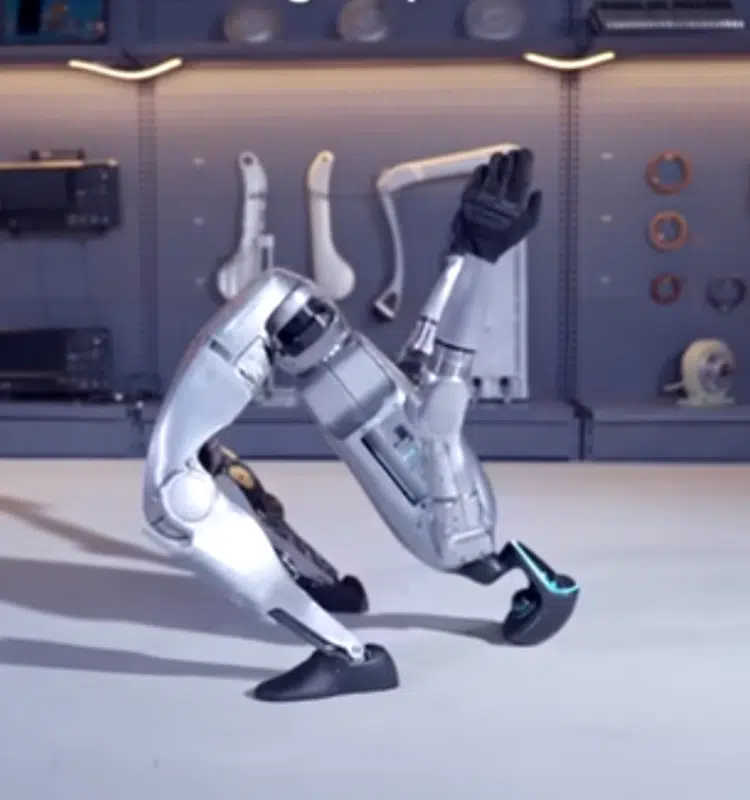
The G1 can run and handle being kicked and punched without falling over.
What is unique about the Unitree G1 is the degrees of freedom (DOF) in each of its joints.
This refers to the independent movements that a robot’s joint can perform.
Its knees and shoulders have three DOF, while its elbows, wrists, and ankles have two.
It demonstrated these joints by going into the splits and then folding in on itself into a small and carriable package.
Weighing just 103.6 pounds, this robot could easily be transported wherever it is needed, be it a factory or a family’s holiday home.
Its ‘hands’ have three dexterous fingers that can have tactile sensors installed too.
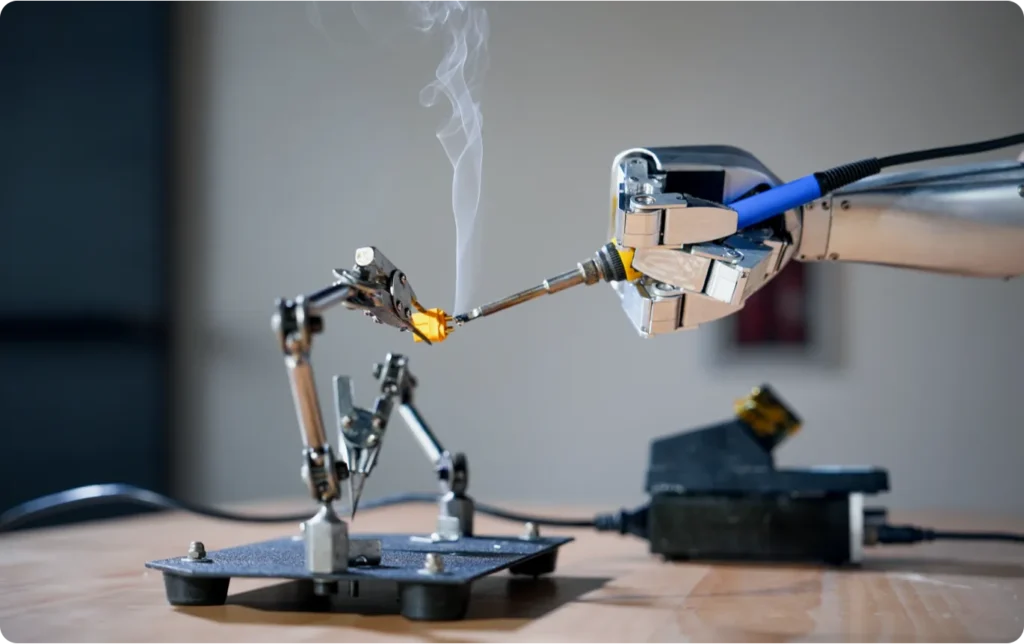
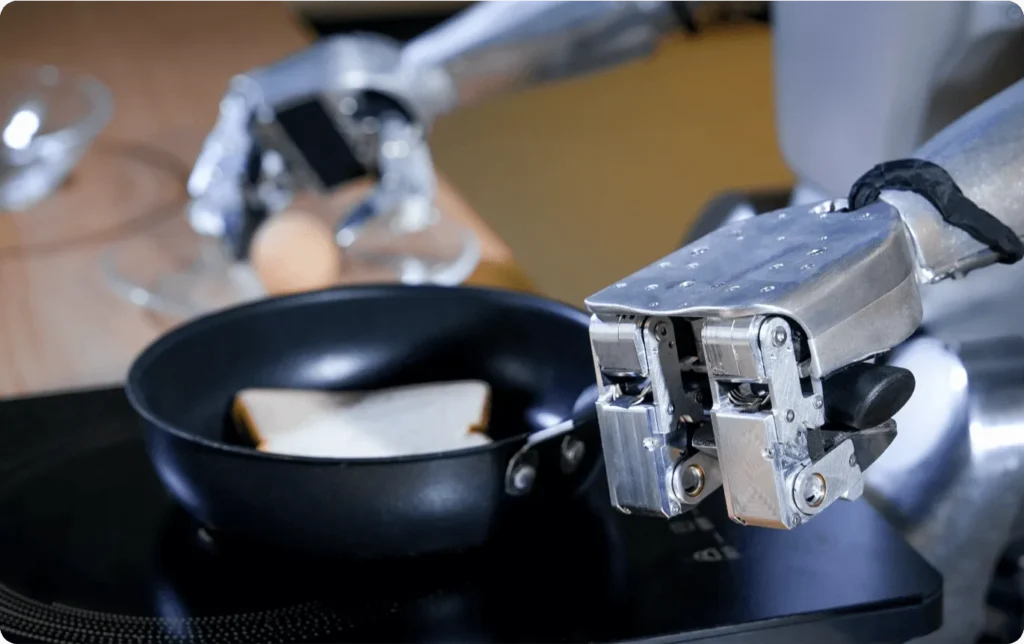
They can crack nuts, open bottles, flip pancakes, and even perform basic soldering.
Whether or not G1 can clean the mess it makes when opening a bottle is unclear.
While this humanoid robot is still in the development stages, it is priced at just $16,000.
Viewers of the launch video were mostly impressed and excited by the G1.
“I’m loving the wild speed of progress we’re seeing in biped robots,” one commenter said.
“I think Boston Dynamics’s Atlas needs to show some dancing and backflips as a response,” another commenter said.
DISCOVER SBX CARS: The global premium car auction platform powered by Supercar Blondie

Andie is a content writer from South Africa with a background in broadcasting and journalism. Starting her career in the glossy pages of Cosmopolitan and Marie Claire, Andie has a broad portfolio, covering everything from sustainability solutions to celebrity car collections. When not at her laptop Andie can be found sewing, recording her podcast, taking board games too seriously or road-tripping in her bright green Kia.
